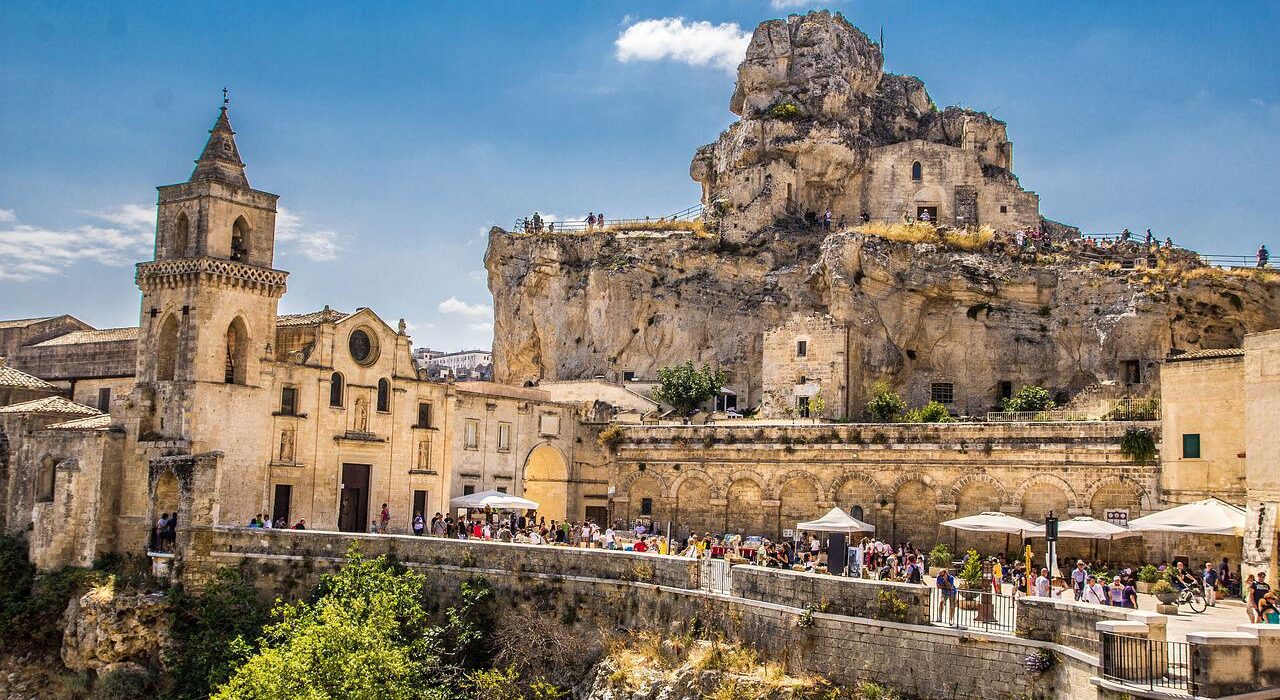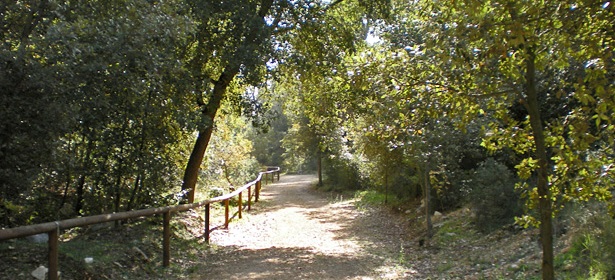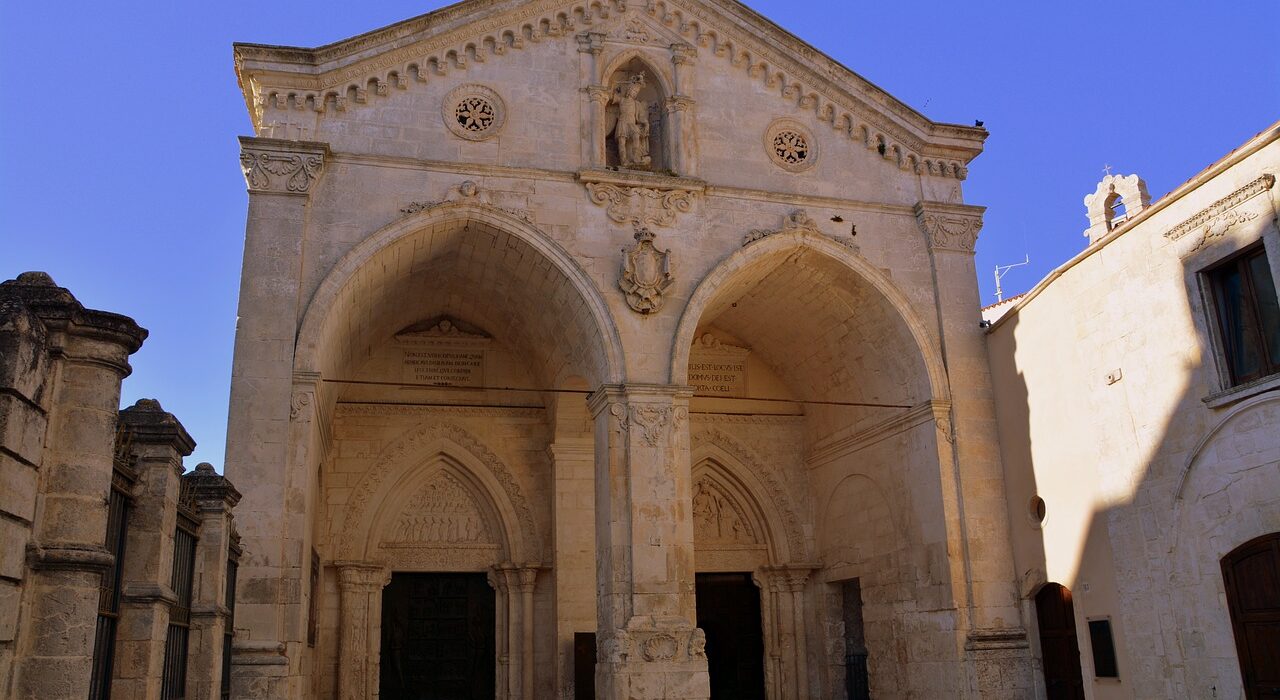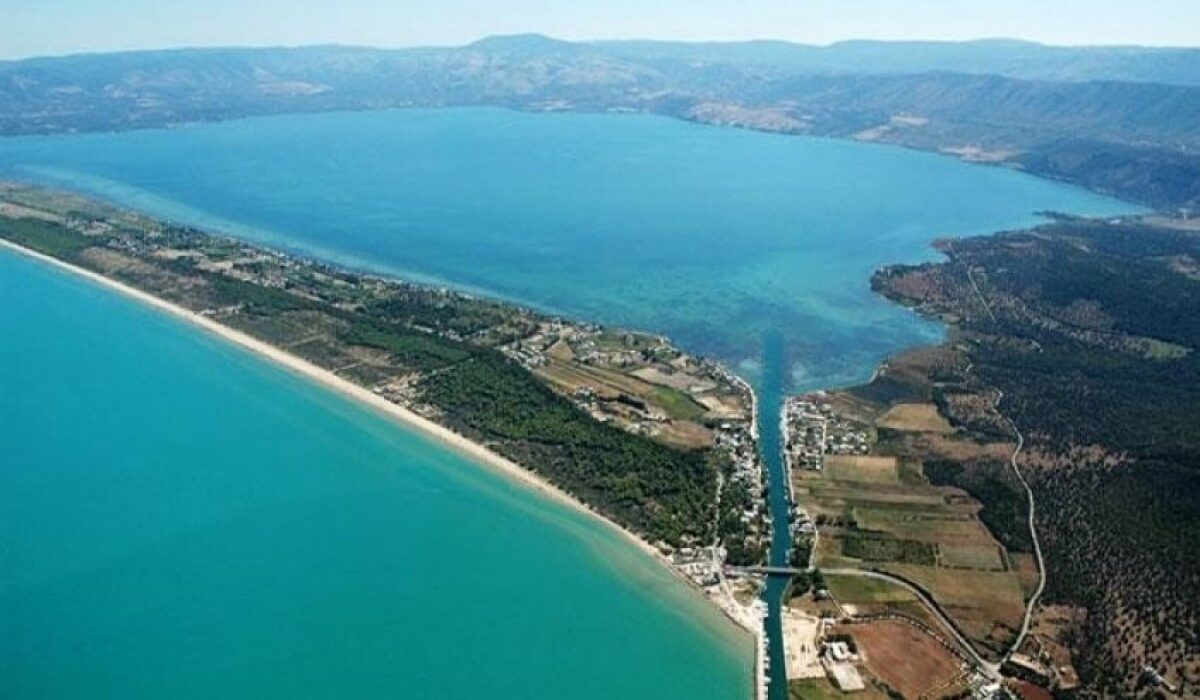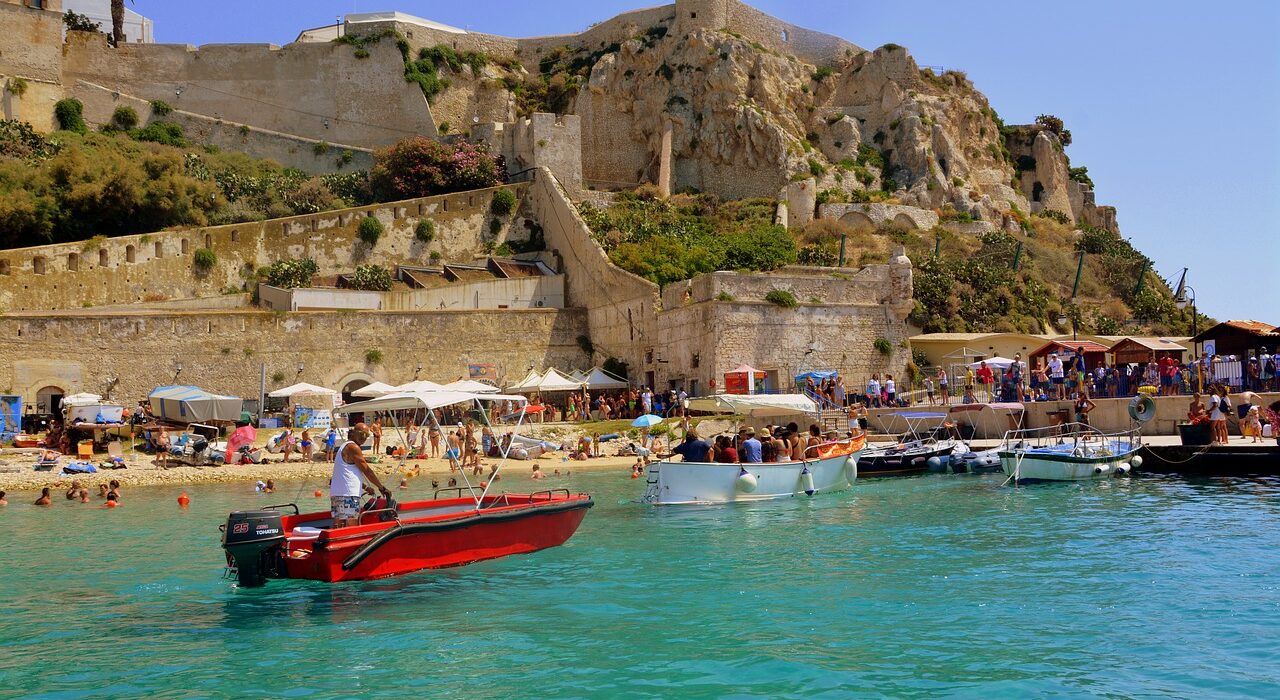Bari
Bari is the regional country seat of the Apulia region, located on the Adriatic Coast. Its labyrinthine historic centre, named Barivecchia, occupies a promontory between two harbours. Surrounded by typical narrow streets, the basilica of St Nicholas, dating back to the 11th century, is a favourite destination for pilgrims who come here to pay homage to the saint’s remains. In the southern part of the city, the Murat district is characterised by majestic 19th-century buildings, a long promenade and a pedestrian area full of shops.
However, an exhaustive description of all the beauties and characteristics of this magnificent city would be impossible, so all you have to do is visit it during your next stay at our establishment.





